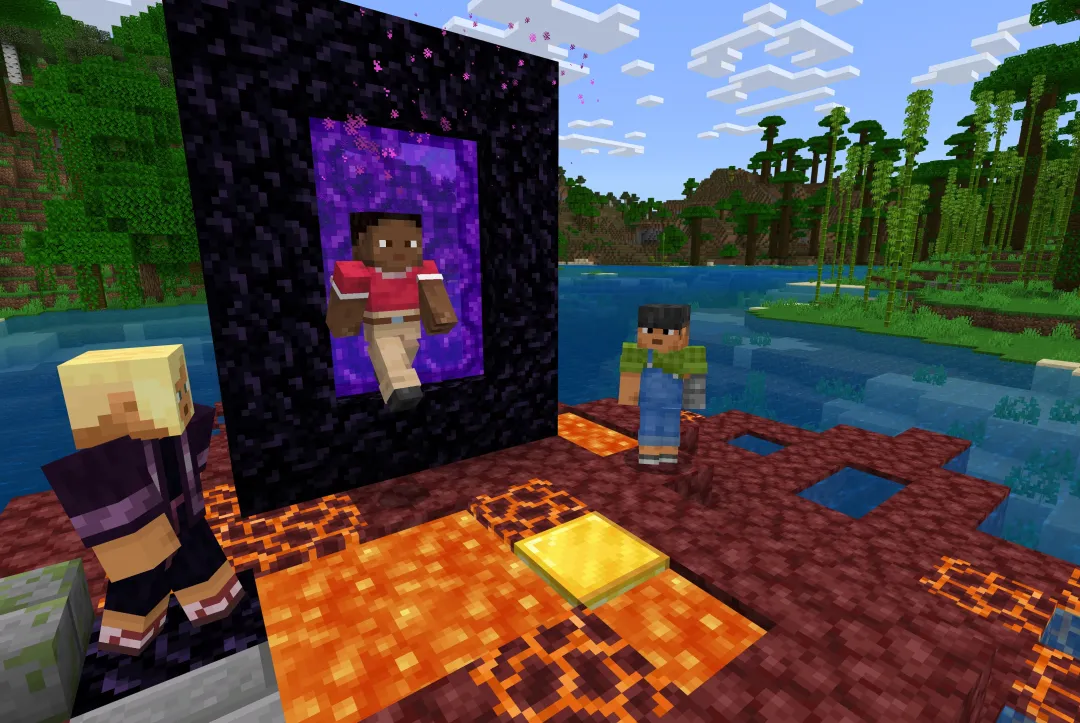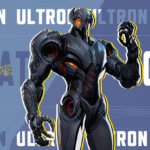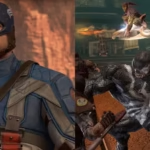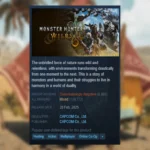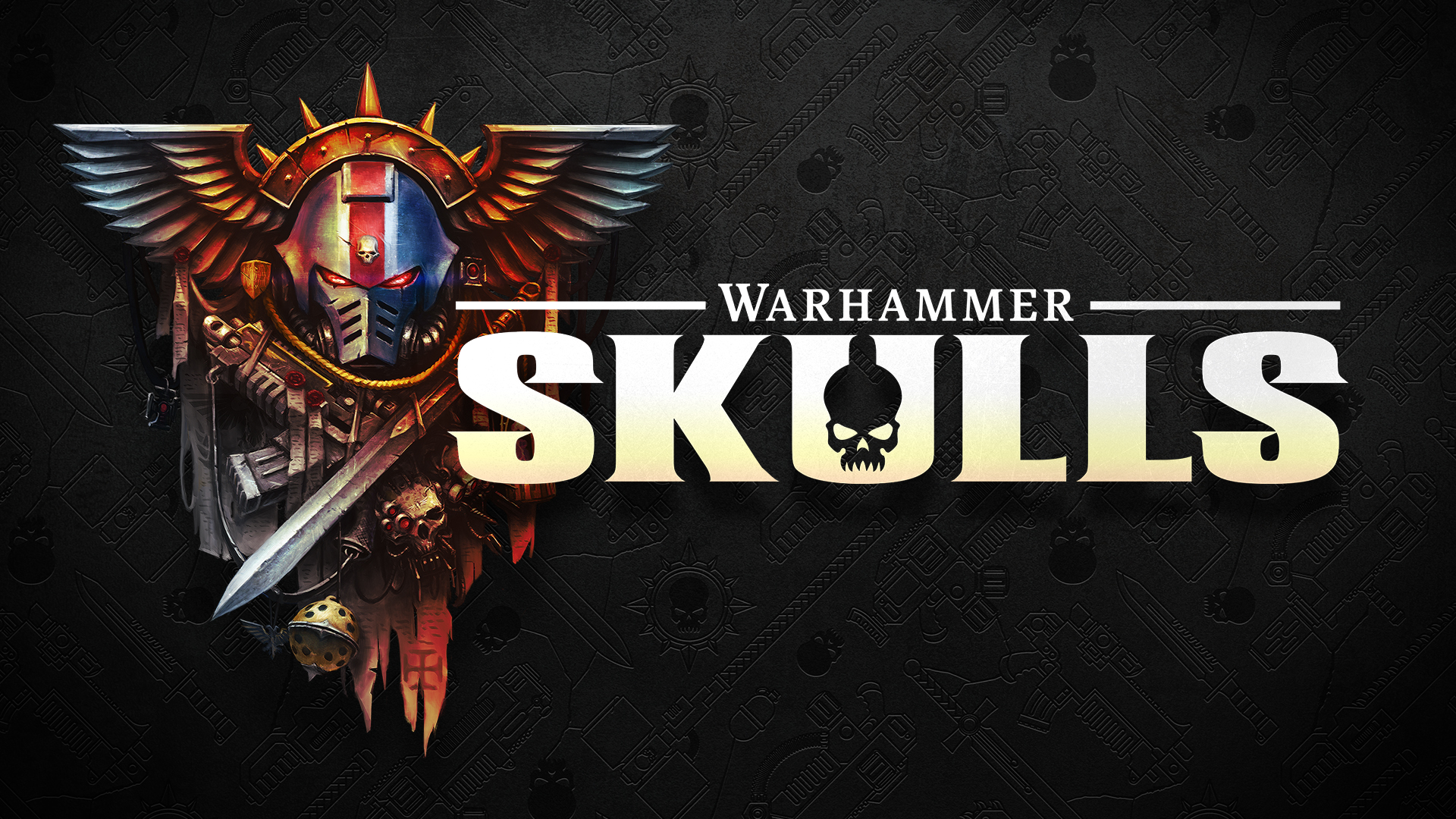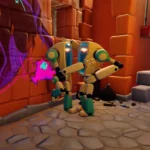The ability to officially explore the blocky world of Minecraft in virtual reality (VR) and mixed reality (MR) through Minecraft: Bedrock Edition has come to an end.
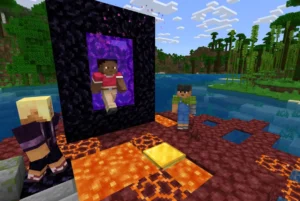
Developer Mojang had announced its intention last year to cease support for VR and MR devices, and with the release of the latest update, version 1.21.80 for Minecraft: Bedrock Edition, that support has now been formally removed, as noted in the patch notes and reported by PCWorld.
Minecraft’s Foray into Virtual Reality
Minecraft first officially embraced the world of virtual reality with its Windows 10 Edition (which later evolved into Minecraft: Bedrock Edition). The prospect of stepping inside the vast, procedurally generated landscapes, building structures block by block from a first-person perspective, and surviving creepers in immersive VR generated considerable excitement among fans and in the nascent VR gaming scene.
Early demonstrations, such as the impressive Minecraft demo for Microsoft’s HoloLens mixed reality headset “way back in the day,” provided a tantalizing glimpse of how the game could translate into immersive spatial computing experiences.
Official VR/MR Support Removed
Following their announcement in October of the previous year, Mojang has followed through with its plan to discontinue official VR support for Minecraft: Bedrock Edition. The release of the 1.21.80 update marks the point where this support has been fully removed from the game client. This means that players using VR headsets specifically looking for the integrated official Minecraft Bedrock VR experience will no longer find it available with this version or subsequent updates.
Mojang’s Stated Reason
When Mojang initially announced the end of VR support in October, their stated reason was that “our ability to support VR / MR devices has come to an end.” While brief, this explanation likely points to the technical challenges and resource allocation required to maintain compatibility with a potentially fragmented landscape of different VR and MR headsets and platforms.
Ongoing development of the core game, implementation of new features, and ensuring stability across a wide range of traditional devices may have made dedicating resources to specialized VR support increasingly difficult or less of a priority compared to features impacting the larger player base.
What Remains Unchanged in Bedrock Edition
It is important for Minecraft: Bedrock Edition players to understand that the removal of VR support does not affect other aspects of the game. Players will still receive regular updates for their PC versions and other platforms. They can continue to play the game without a VR or MR device exactly as they did before.
All worlds built, progress made, and purchases from the Minecraft Marketplace remain accessible and usable in the standard non-VR game. The change is specifically limited to the official integration with VR and MR hardware.
The Modding Community Steps Up for VR
Although official VR support is gone from Minecraft: Bedrock Edition, the dream of experiencing Minecraft in virtual reality is far from over, thanks to the dedicated Minecraft modding community. For players who own the original Minecraft: Java Edition for PC, the highly active modding scene has developed robust alternative methods for playing the game in VR.
Bedrock vs. Java: Why Mods Are Key
The ability to play Minecraft in VR via mods is largely concentrated within the Minecraft: Java Edition. This is due to the Java Edition’s more open architecture and its long history of extensive community modding.
Unlike the more controlled Minecraft: Bedrock Edition which runs on a different codebase and is designed for cross-platform consistency (including consoles and mobile), the Java Edition is highly customizable through unofficial modifications. This has allowed talented community developers to create sophisticated mods that integrate the game with various VR headsets.
Notable examples include Vivecraft, a long-standing and popular mod that brings a comprehensive virtual reality experience to Minecraft: Java Edition and is compatible with many different VR platforms. Another example is QuestCraft, a project specifically designed to allow Minecraft: Java Edition to run natively on Meta Quest headsets, providing a standalone VR experience. These mods demonstrate the community’s passion and technical skill in keeping desired features alive even without official developer support.
Impact on the VR Gaming Ecosystem
The presence of Minecraft with official VR support was a significant addition to the official VR gaming library, offering a well-known, endlessly replayable, and creative sandbox experience. Its removal from the official Bedrock platform is a loss for the curated list of officially supported VR titles, although the existence of high-quality mod alternatives mitigates this impact for those on PC who own the Java Edition.
It also highlights the ongoing challenge for developers in prioritizing VR support based on development costs versus the size of the official VR player base compared to traditional platforms.
Developer Priorities Post-VR Support
With the resources previously allocated to maintaining official VR and MR compatibility for Minecraft: Bedrock Edition now freed up, Mojang’s development efforts will likely be redirected towards other areas of the game. The 1.21.80 update itself likely focuses on bug fixes, performance enhancements for standard gameplay, and potentially laying groundwork for future content updates and features accessible to all players across the wide range of Bedrock Edition’s supported devices, outside of VR.
The Future of Minecraft VR
The official removal of VR support from Minecraft: Bedrock Edition by Mojang is a notable change reflecting the evolving development priorities for the popular game. While it marks the end of an era for integrated virtual reality on the multiplatform Bedrock version, the possibility of experiencing Minecraft in VR persists, primarily thanks to the dedicated and innovative modding community supporting the Java Edition. For players who enjoyed or hoped to experience
Minecraft in virtual reality, this shift by Mojang may bring a touch of sadness, echoing the writer’s sentiment recalling past immersive demos. However, the resilience of the modding scene ensures that for those on PC willing to explore community-created solutions, the dream of building and exploring the blocky world in VR remains very much alive with the latest update to the Java Edition compatible with mods like Vivecraft and QuestCraft.


